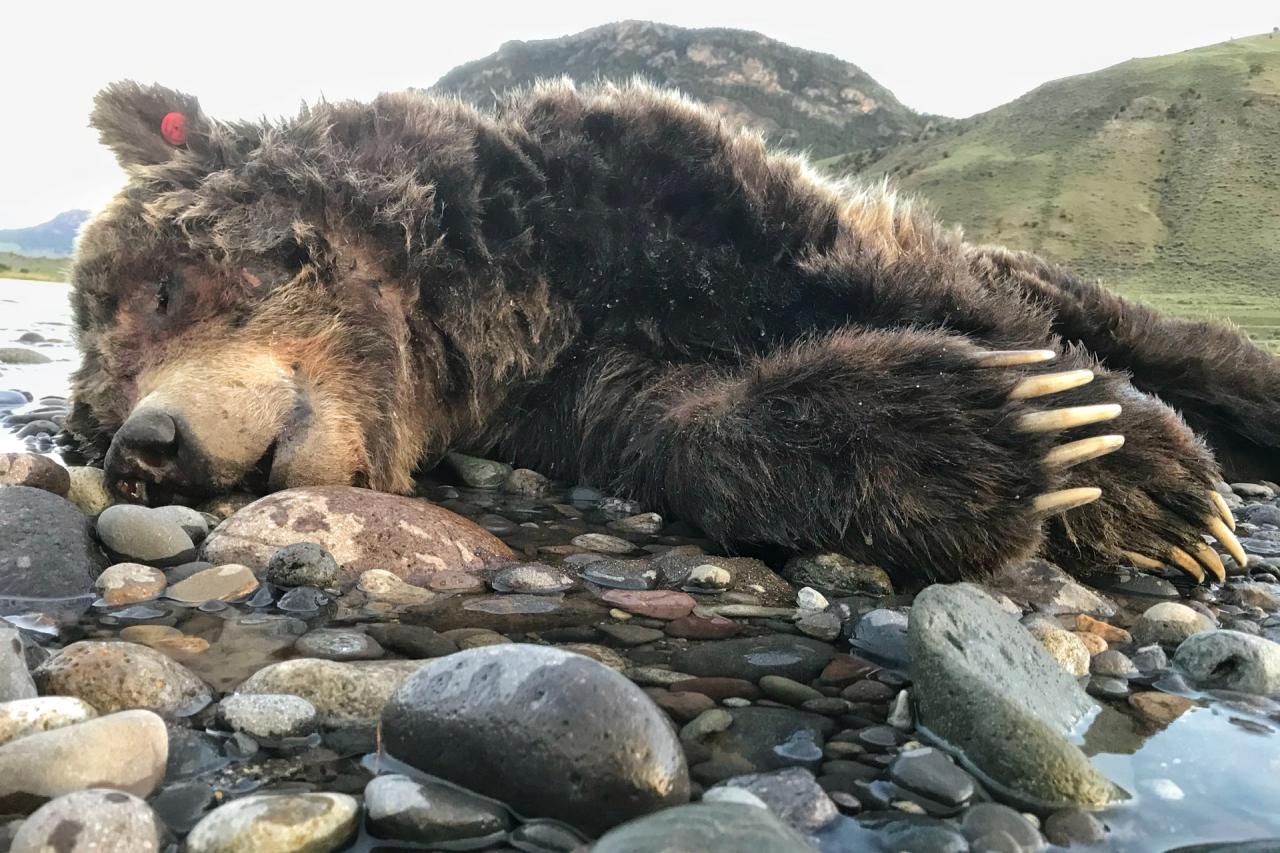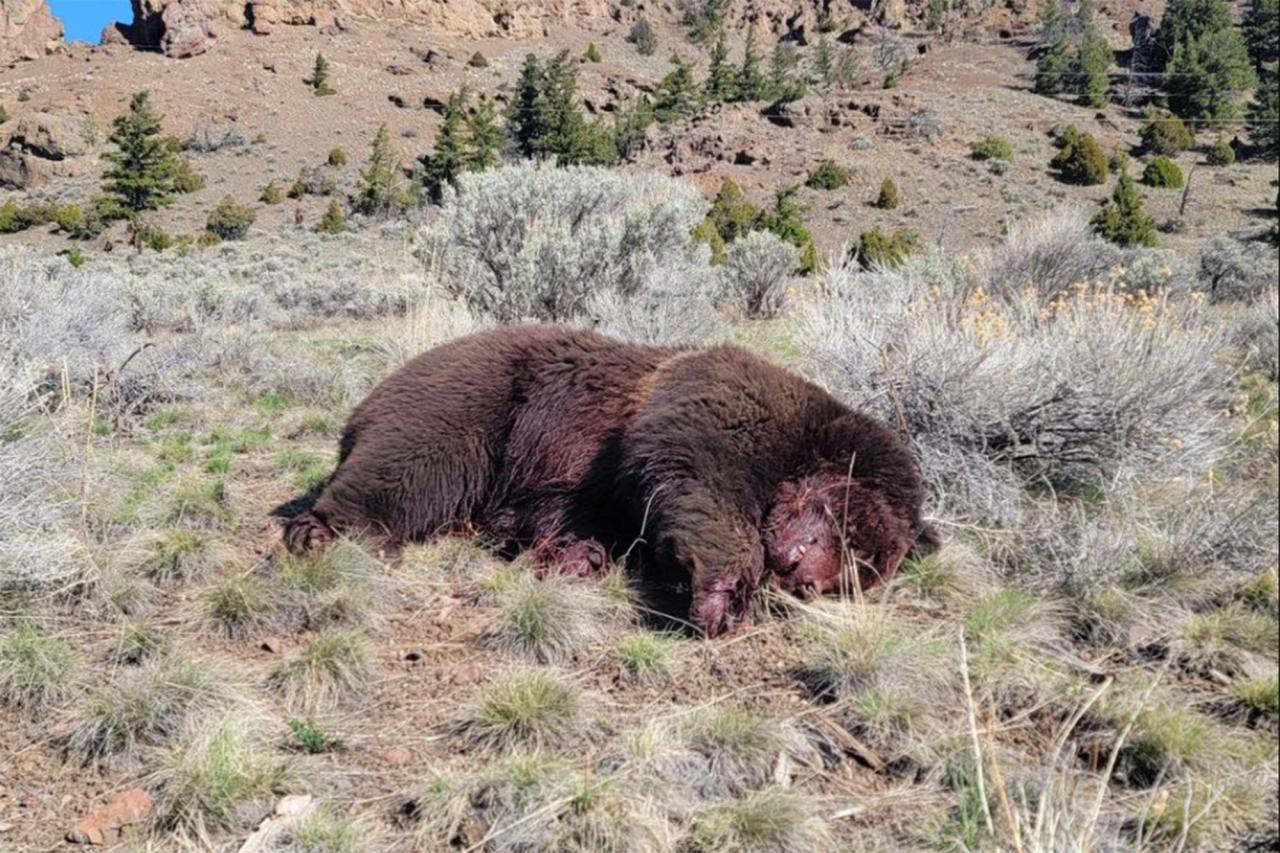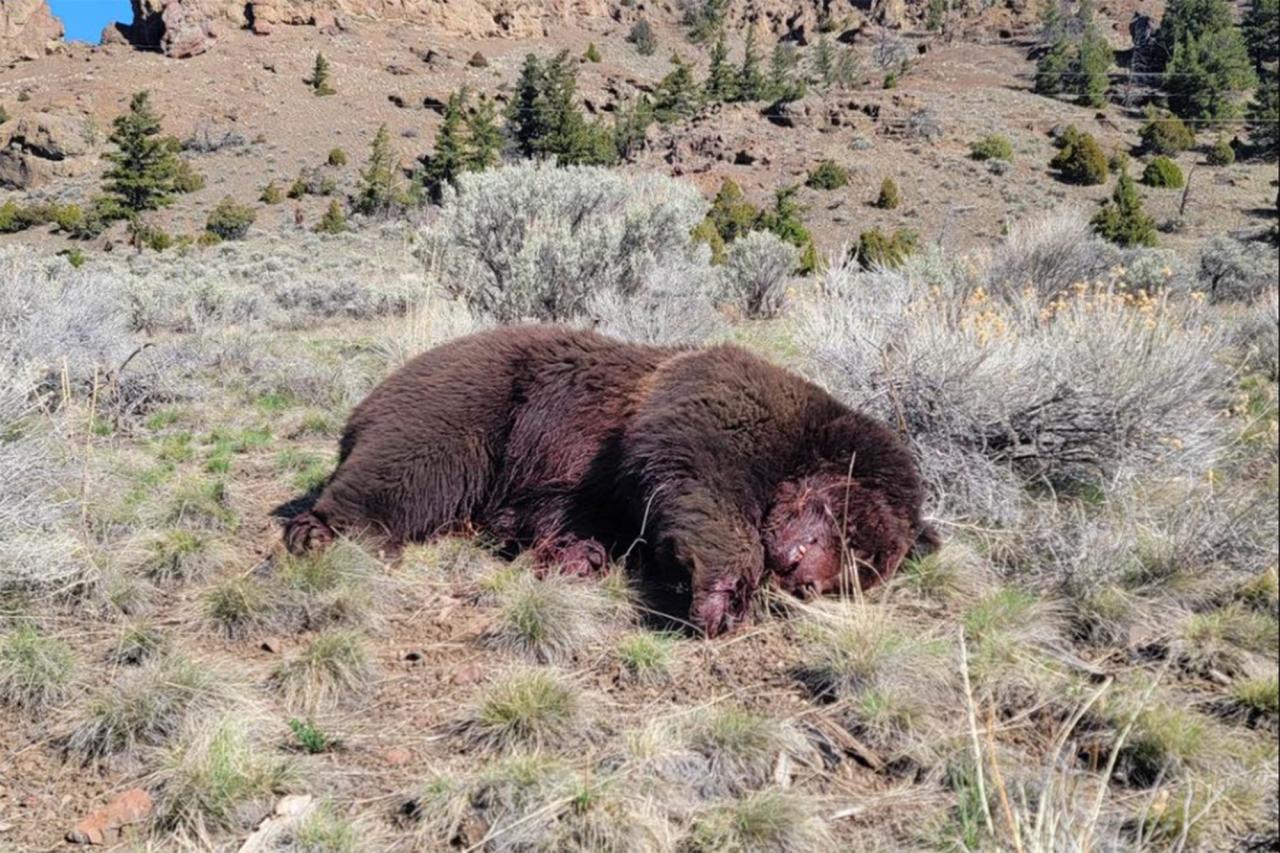Who died on the bear? This question has been asked countless times as people venture into bear country. In this article, we delve into the tragic stories of individuals who have lost their lives in bear attacks, exploring the circumstances surrounding their deaths and the impact on their communities.
We also examine the behaviors of bears that can lead to dangerous encounters and provide safety tips for those spending time in bear habitat.
Beyond the tragic events, we explore the cultural and historical significance of bears in different societies, their role in mythology, folklore, and literature. We analyze the impact of human-bear interactions on the conservation and preservation of bear populations, highlighting the delicate balance between human activities and the survival of these majestic creatures.
Notable Deaths Associated with the Animal
Bear attacks, while relatively rare, can have devastating consequences. Over the years, several individuals have lost their lives due to encounters with these formidable animals.
The impact of these deaths extends beyond the immediate victims, affecting families, communities, and the public’s perception of bears and their habitats.
Fatal Bear Attacks
- In 2021, a 57-year-old hiker was killed by a black bear in the Great Smoky Mountains National Park. The bear had approached the hiker’s campsite and attacked without provocation.
- In 2019, a 16-year-old girl was fatally mauled by a grizzly bear while camping in Yellowstone National Park. The bear had been attracted to the girl’s food and charged when she tried to retrieve it.
- In 2017, a 22-year-old man was killed by a polar bear in northern Alaska. The man was hunting seals when the bear attacked him from behind.
- In 2014, a 65-year-old woman was killed by a black bear in her backyard in New Hampshire. The bear had entered the woman’s home through an unlocked door.
These are just a few examples of the tragic deaths that have occurred as a result of bear attacks. Each incident serves as a reminder of the importance of bear safety and the need to respect these powerful animals in their natural habitats.
Bear Behavior and Safety Precautions

Bears are powerful, unpredictable animals that can pose a significant risk to humans in the wild. Understanding their natural behaviors and taking appropriate precautions can help minimize the chances of dangerous encounters.
Bears are generally shy and avoid contact with humans, but they can become aggressive or defensive if they feel threatened, surprised, or protective of their young. Certain situations can trigger these responses, such as:
Approaching a Bear
- Bears may perceive a sudden approach as a threat and charge in defense.
- If you encounter a bear, give it plenty of space and do not approach it. Remain calm and slowly back away.
Surprised Bears
- Bears may be startled by loud noises, sudden movements, or hikers coming too close to their cubs.
- When surprised, bears may react instinctively with aggression to defend themselves.
Protective Mothers
- Female bears with cubs are highly protective and will defend them fiercely against any perceived threat.
- If you encounter a mother bear with cubs, give them a wide berth and avoid any sudden movements.
Food Sources
- Bears are attracted to food sources, such as garbage, pet food, and human food left unattended.
- Storing food properly and disposing of garbage securely can help reduce bear encounters.
Cultural and Historical Significance of Bears
Bears have played a significant role in human cultures and history across the globe. Their presence in mythology, folklore, and literature reflects their cultural importance and the impact of human-bear interactions.
In many ancient cultures, bears were revered as symbols of strength, power, and wisdom. In Native American traditions, bears were considered sacred animals, often associated with healing and protection. In Norse mythology, the god Thor was depicted as having a bear as his companion.
In Celtic cultures, bears were associated with the underworld and were seen as guardians of the dead.
Bears in Literature, Who died on the bear
Bears have also been prominent figures in literature, from classic tales to modern novels. In “The Jungle Book” by Rudyard Kipling, Baloo the bear is a wise and benevolent mentor to Mowgli. In “Winnie-the-Pooh” by A.A. Milne, Winnie-the-Pooh is a lovable and curious bear who embarks on various adventures with his friends.
These literary portrayals have contributed to the enduring popularity of bears in popular culture.
Human-Bear Interactions and Conservation
Human-bear interactions have had a significant impact on bear populations. As human settlements expanded into bear habitats, conflicts arose, leading to the hunting and persecution of bears. In some cases, human activities, such as logging and mining, have fragmented bear habitats, reducing their food sources and increasing their vulnerability to poaching.
Conservation efforts are crucial to protect bear populations and mitigate human-bear conflicts. By promoting responsible wildlife management, educating the public about bear safety, and establishing protected areas, we can ensure the survival of these magnificent animals for generations to come.
Final Conclusion

The deaths associated with bears serve as a sobering reminder of the power and unpredictability of nature. By understanding bear behavior and taking appropriate precautions, we can minimize the risk of encounters and protect both human lives and bear populations.
As we continue to share the planet with these magnificent animals, it is essential to approach bear country with respect and caution, ensuring the safety of both ourselves and the bears we encounter.
FAQ Guide: Who Died On The Bear
What are the most common types of bears involved in fatal attacks?
Black bears and grizzly bears are responsible for the majority of fatal bear attacks in North America.
What are the most common activities that lead to bear encounters?
Hiking, camping, fishing, and hunting are among the activities that increase the likelihood of encountering bears.
What are the most effective ways to prevent bear attacks?
Making noise while hiking, carrying bear spray, and storing food properly are some of the most effective ways to prevent bear attacks.

